Murphy beds are an excellent addition for maximizing the flow and function of a room. Whether you live in a cozy studio apartment or a house, a Murphy bed offers many more advantages than a traditional bedroom set. Its ability to fold up allows rooms to serve multiple purposes.
With many options on the market, it can be tricky to determine the right model for your home. At this point in your research, you're probably wondering what a Murphy bed is.
If you’re new to the wall bed market, this guide will walk you through all the basic elements before making your Murphy bed purchase. Don’t just settle for any bed—invest in a space-saving, stylish solution that transforms your room in seconds.
Key Takeaways:
- Murphy beds fold into a wall to maximize your room space.
- Simple to pull down and store away when needed.
- At Lori Beds, we have designs and sizes that fit any decor.
Ready to experience the blend of comfort and convenience? Click now to get your Murphy bed and elevate your home!
AT A GLANCE
A Wall Bed vs. A Murphy Bed
The Lori Bed Difference
Lori Bed and YouLift Bed, Technically
Wall vs. Floor Mounted
Mattress Types
Murphy Bed: A Clever Solution for Modern Living Spaces
A Wall Bed vs. A Murphy Bed
While the terms are often used interchangeably, there is a subtle difference between a wall bed and a traditional Murphy bed. A regular Murphy bed is wall- or floor-mounted and uses elaborate springs and metal frames to raise and lower the mattress.

A traditional wall bed also uses a spring mechanism and includes cabinets on either side of the bed, so the bed appears as a regular wall when in the upright position.
If you're looking for a Murphy bed company that blends simplicity, style, and affordability, the Lori Bed is your perfect choice. Ready to make the most of your valuable floor space? Choose the Lori Bed today for a perfect balance of form and function!
Get the bed you’ve been keeping an eye on!
The Lori Bed Difference
Unlike traditional Murphy beds or wall beds, the Lori Bed has a double-chamber gas-piston mechanism that makes it easy to lift, safe, and smooth to lower.

We value safety, which is why we designed an all-new, secure wall-mounting system for the Lori Bed, plus a mechanism that can be locked in both the open and closed positions. This is all to ensure the safety of your kids, pets, and everyone you care about.
If you’re having trouble during installation, Lori Beds provides a comprehensive step-by-step building guide and video tutorial that clearly illustrates the installation process.
Installing the bed with a partner will only take less than two hours. Most Lori Beds’ customers take 2-6 hours to build install a bed that lasts a lifetime— that's less time than it takes to clean out and reorganize most closets.
With the potential of a hidden bed with simple setup, you can transform your space in no time. Elevate your room's functionality and style with Lori Beds today!
Lori Bed vs. YouLift Bed
The Lori Bed and YouLift Bed are high-quality Murphy bed units from Lori Beds that save space for optimal functionality in small homes. The Lori Bed is available in both queen and twin sizes in vertical and horizontal models. The horizontal units are also known as sideways-mounted Murphy beds.
Dimensions and Orientation
William Lawrence Murphy invented the Murphy bed (sometimes called a disappearing bed) in San Francisco in the 1900s to entertain guests in his small apartment. Since then, the many Murphy beds available on the market have improved greatly.
Here’s a look at the dimensions of the Lori and YouLift Bed:
|
Model |
Orientation |
Closed Dimensions (H × W × D) |
Open Dimensions (H × W × D) |
|
The Lori Bed |
Vertical Queen |
84.1″ × 65.9″ × 15.6″ |
84.1″ × 65.9″ × 86.3″ |
|
Horizontal Queen |
65.9″ × 84.5″ × 15.6″ |
65.9″ × 84.5″ × 66.9″ |
|
|
Vertical Twin |
84.1″ × 44.7″ × 15.6” |
84.1″ × 44.7″ × 82.6″ |
|
|
Horizontal Twin |
45.1″ × 84.5″ × 15.6” |
45.1″ × 84.5″ × 47.0″ |
|
|
YouLift Bed |
Vertical Queen |
81.75″ × 62.75″ × 23.25″ |
81.75″ × 62.75″ × 105″ |
|
Horizontal Queen |
63.75″ × 82.75″ × 23.25″ |
63.75″ × 82.75″ × 86″ |
Lori Beds are made of 100% high-pressure laminate. On the other hand, the YouLift bed doesn’t have a mechanism and is made of lighter components. The Lori Bed can hold a mattress weight up to 80 lbs for queen models and 50 lbs for the twin ones, while the YouLift Bed can hold up to 1,000 lbs for both queen and twin sizes.
Unlike trundle beds, which are stored under a twin bed, Lori and YouLift Beds are installed and safely folded into a wall when not used.
Additional Reminder
If you get a defective Murphy bed, check your warranty terms to save on repairs and contact your manufacturer immediately.
Wall vs. Floor Mounted
The most common Murphy wall bed options are floor-mounted or wall-mounted, depending on where the bed will be secured. Traditional spring mechanism systems require floor mounting, which makes the bed stable, but it usually causes permanent damage to the floor. Floor-mounted units are also more difficult to remove once installed.
The majority of modern Murphy beds on the market need to be secured to a wall. Wall-mounted units attach to studs and can generally be moved without causing much damage. Traditional wall-mounted Murphy beds rely on gas piston lifting mechanisms to raise the bed platform up and down.
If you want to preserve your floors, baseboards and molding, the Lori Bed is a better alternative because it doesn’t create tension near the bed's base to lift the mattress. The bed uses a standalone platform that only attaches to the cabinet when it's in the upright position, meaning there's very little weight, if any, pulling against the wall.
Get your new Murphy bed from loribeds.com now!
Mattress Types
People often wonder if you need a special mattress for a Murphy bed. The good news is that virtually any mattress can be used in a Murphy bed. Just keep in mind considerations such as mattress thickness, firmness/comfort and mattress weight.

Another distinction to keep in mind is that Murphy beds and wall beds don't have box springs. Instead, the mattress attaches to the original Murphy bed frame with a retention system, like an elastic strap, to hold it in place in the upright position. Slumping (or folding up a mattress while in the upright position) can be mitigated by keeping the mattress strap tight. A tight strap helps the mattress stay straight when it is stored upright.
The Lori Bed can accommodate any mattress up to 12 inches tall. To preserve the integrity of the mattress for the long term, the company recommends choosing a thicker mattress. Thicker mattresses are less likely to bend or slump than a thinner option since the wall acts as a support if the mattress is thick.
Lori Bed vs. YouLift Mattress
The Lori and YouLift Mattresses are made specifically for a wall bed frame. They can be stored vertically without sagging.
Here’s an overview of the bed size, dimensions, mattress thickness, and compatibility.
|
Feature |
Lori Mattress |
YouLift Mattress |
|
Available Bed Sizes |
Twin and Queen |
Twin and Queen |
|
Twin Dimensions (W × L × H) |
38.5″ × 74.5″ × 10″ |
38″ × 75″ × 8″ |
|
Queen Dimensions (W × L × H) |
59.5″ × 79.5″ × 10″ |
60″ × 80″ × 8″ |
|
Twin Weight |
Approx. 50 lb |
25 lb |
|
Queen Weight |
Approx. 77 lb |
41 lb |
|
Maximum Mattress Thickness Supported |
10″ |
12″ |
|
Recommended Thickness Range |
8–10″ |
8–12″ |
|
Compatibility with Murphy Beds |
Perfect for vertical Murphy beds with piston lifts |
Ideal for horizontal Murphy beds or manual lift beds |
|
Space-Saving Efficiency |
Optimized for compact space-saving beds |
Lightweight for ease in lifting and folding |
Lori Mattresses have a pocketed coil base and memory foam layers. They’re hand-tufted so that they can withstand upright storage. YouLift Mattresses are made of memory foam, cooling gel foam, high-density foam core, and organic cotton cover. They’re also CertiPUR‑US® certified and suit most sleepers.
If you're using a custom Murphy bed, ask your manufacturer for the kind of mattresses you need to buy. Both Lori and YouLift Beds are ideal additions to your guest bedroom. They function like a sleeper sofa and can last longer using a high-quality mattress. Make sure you have enough wall space to install the bed and mattress before buying them.
Murphy Bed: A Clever Solution for Modern Living Spaces
A fold-down bed is the best solution for maximizing space in modern living environments. Whether you're looking to transform a guest room, studio apartment, or home office, the versatility and style of a wall bed make it an ideal choice.
Do you have a specific question about purchasing a wall bed? Feel free to reach out to us directly at info@loribeds.com. You can also check out our additional comprehensive guides below.


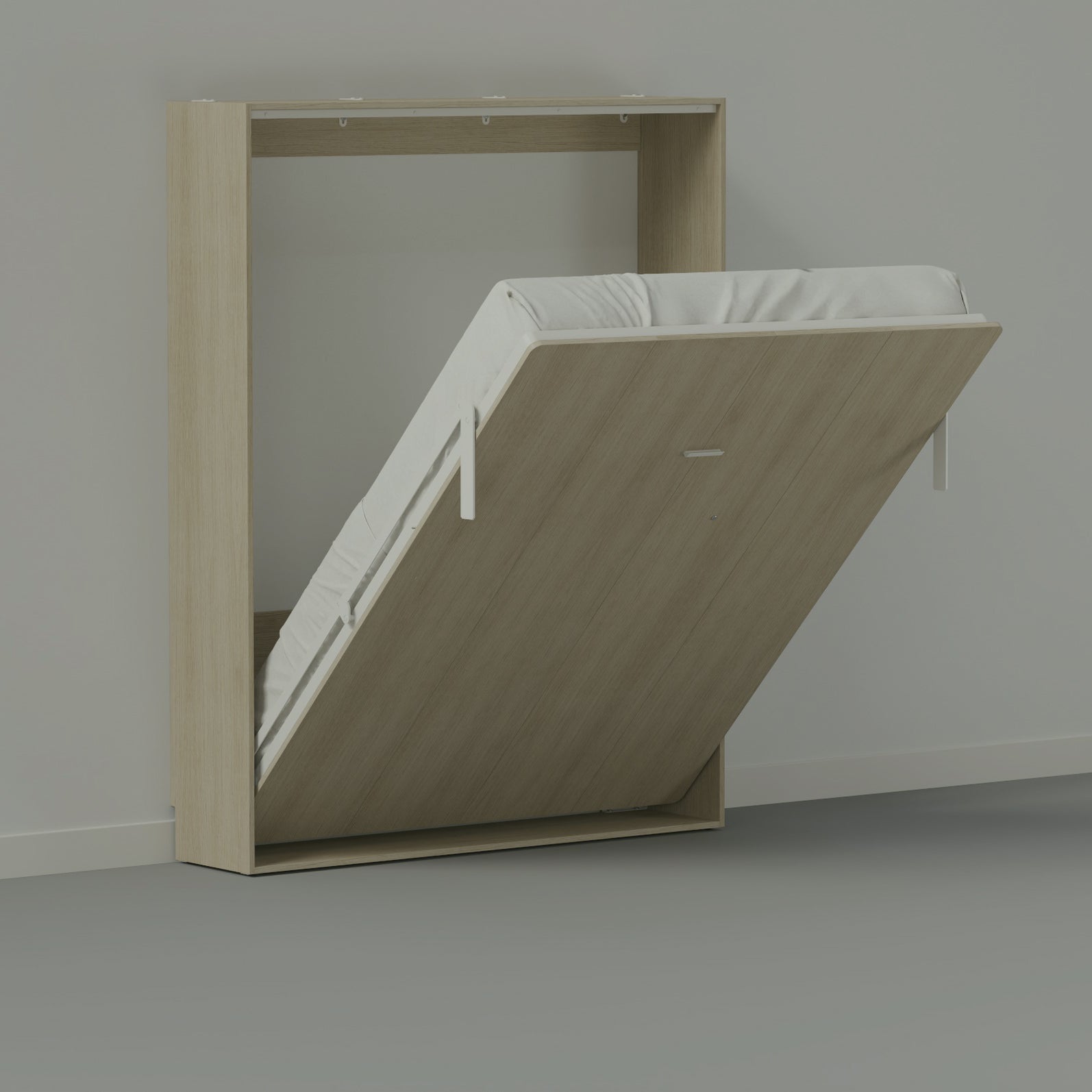
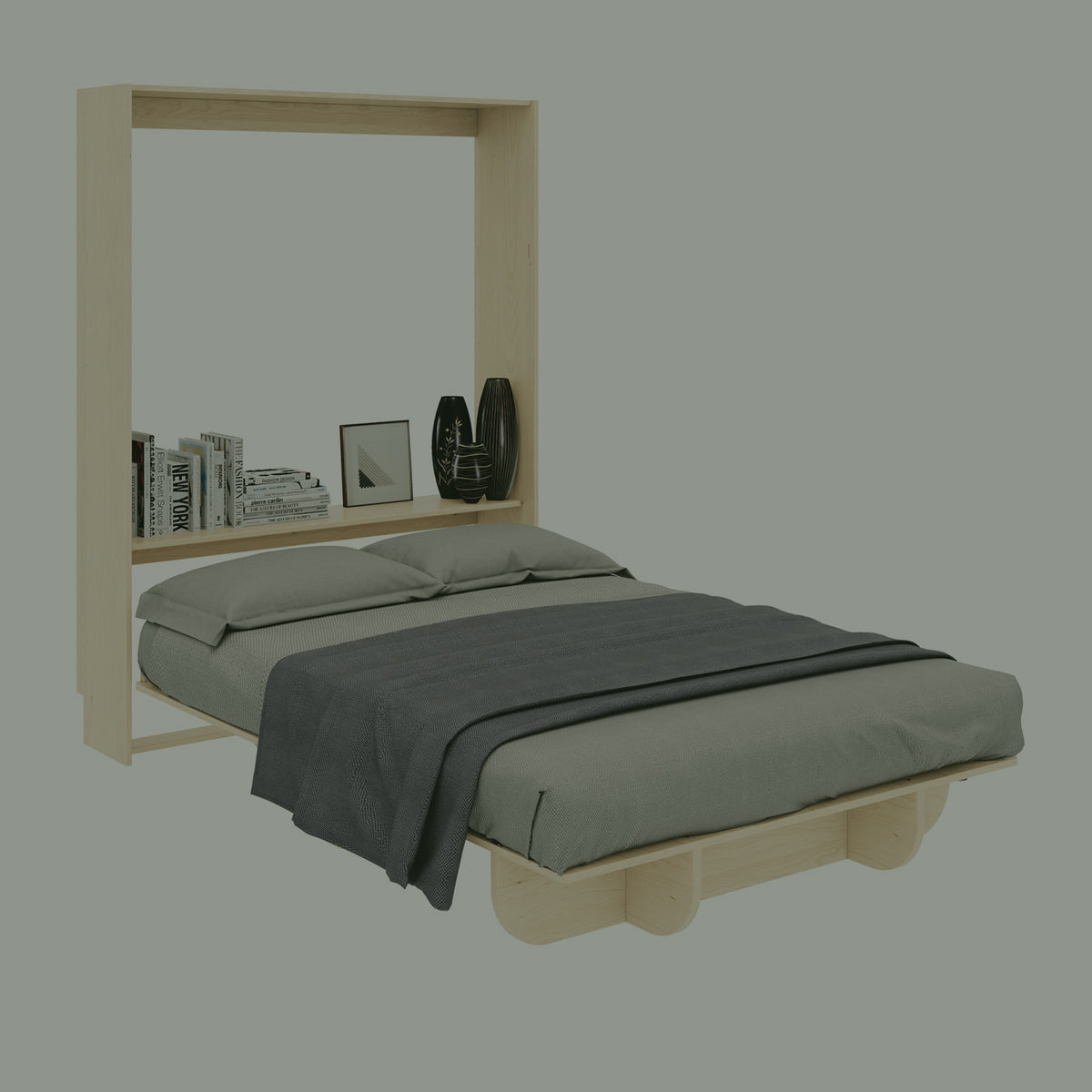
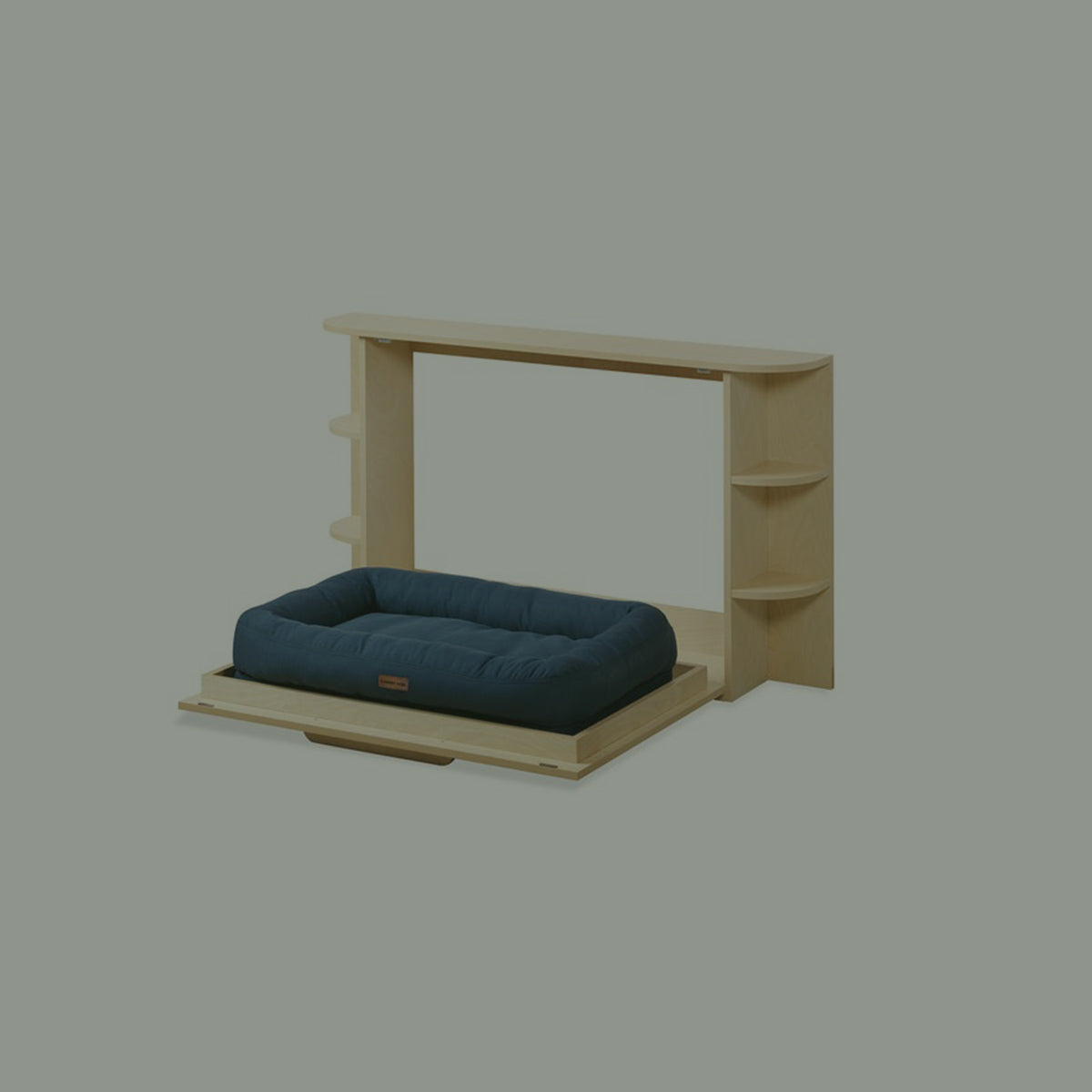
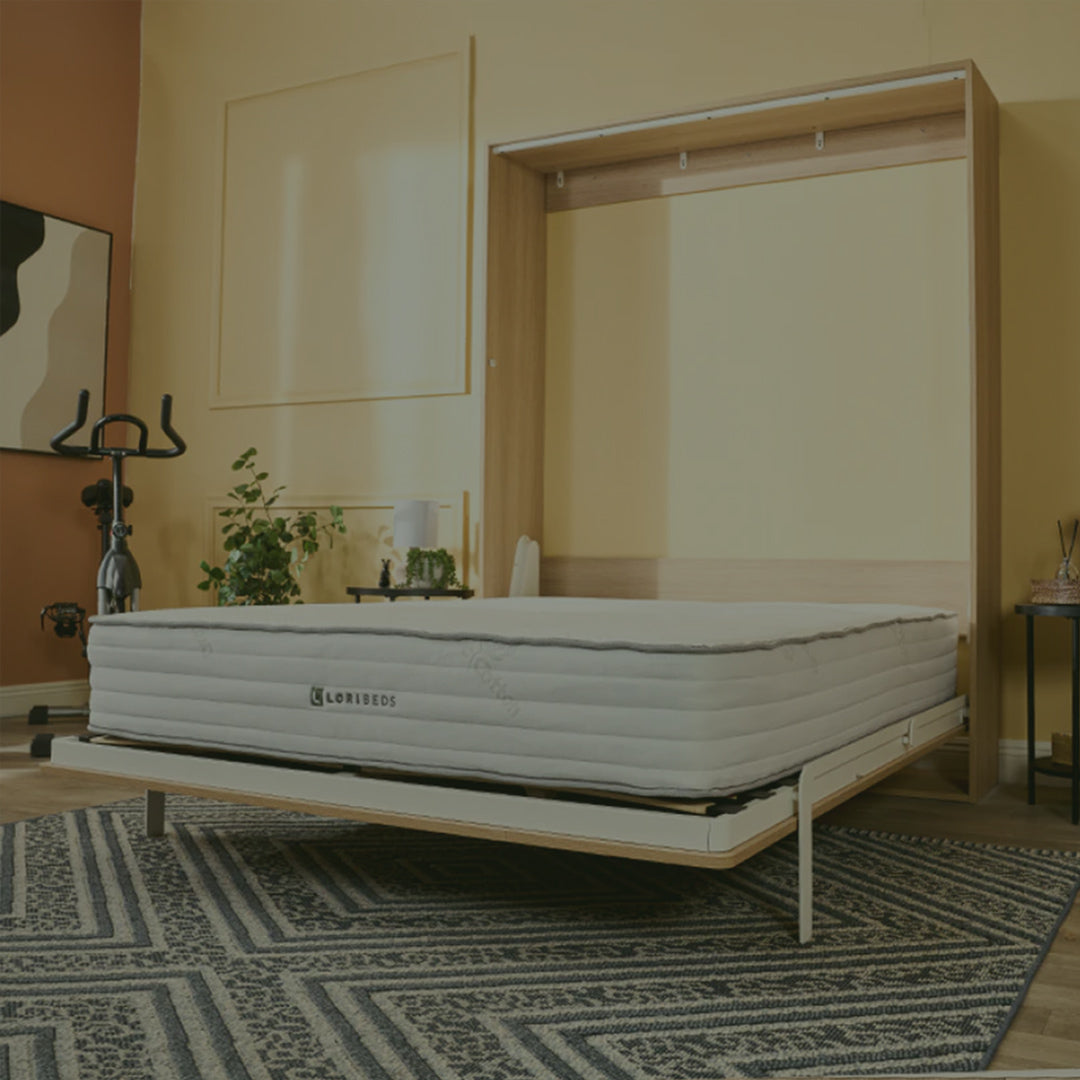
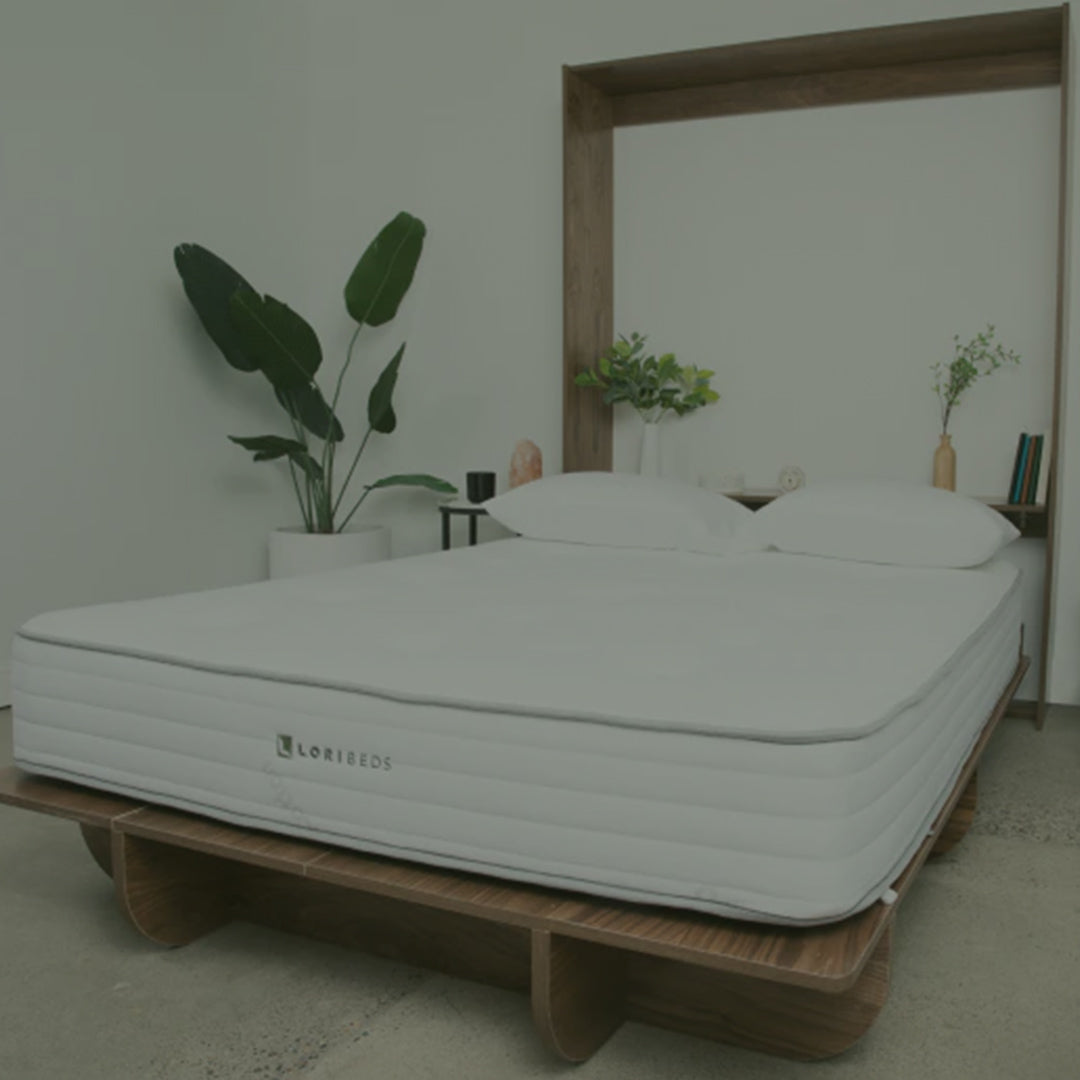
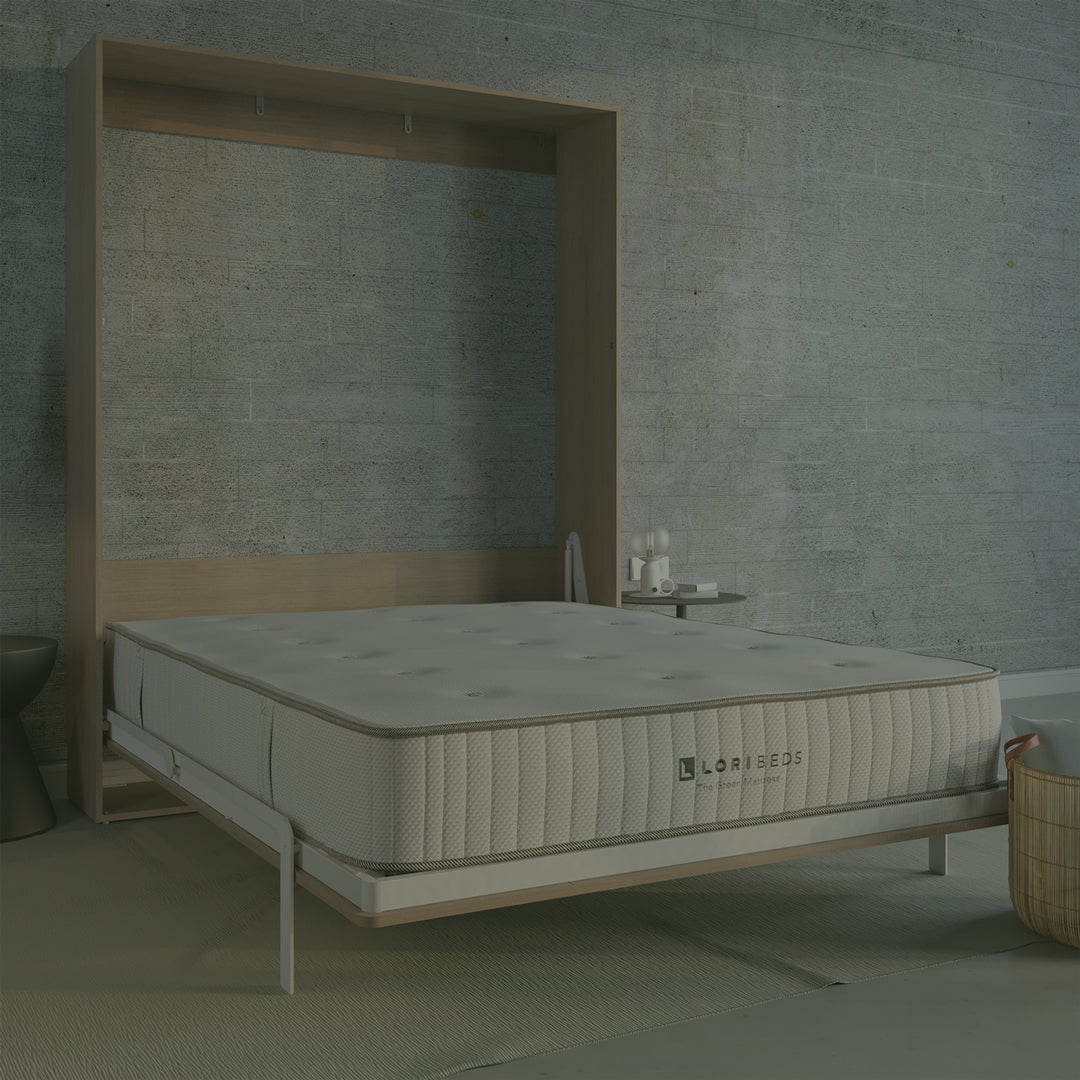
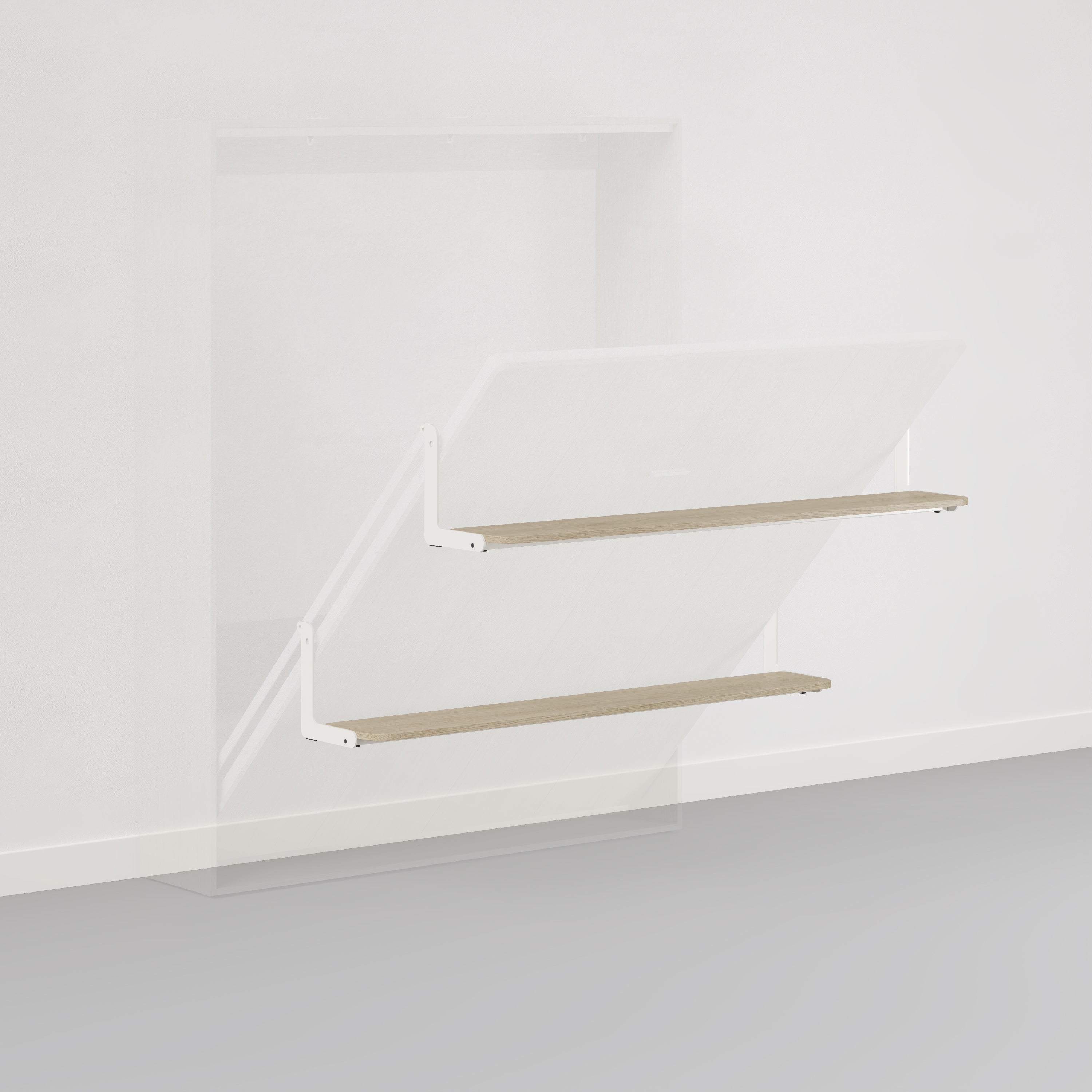
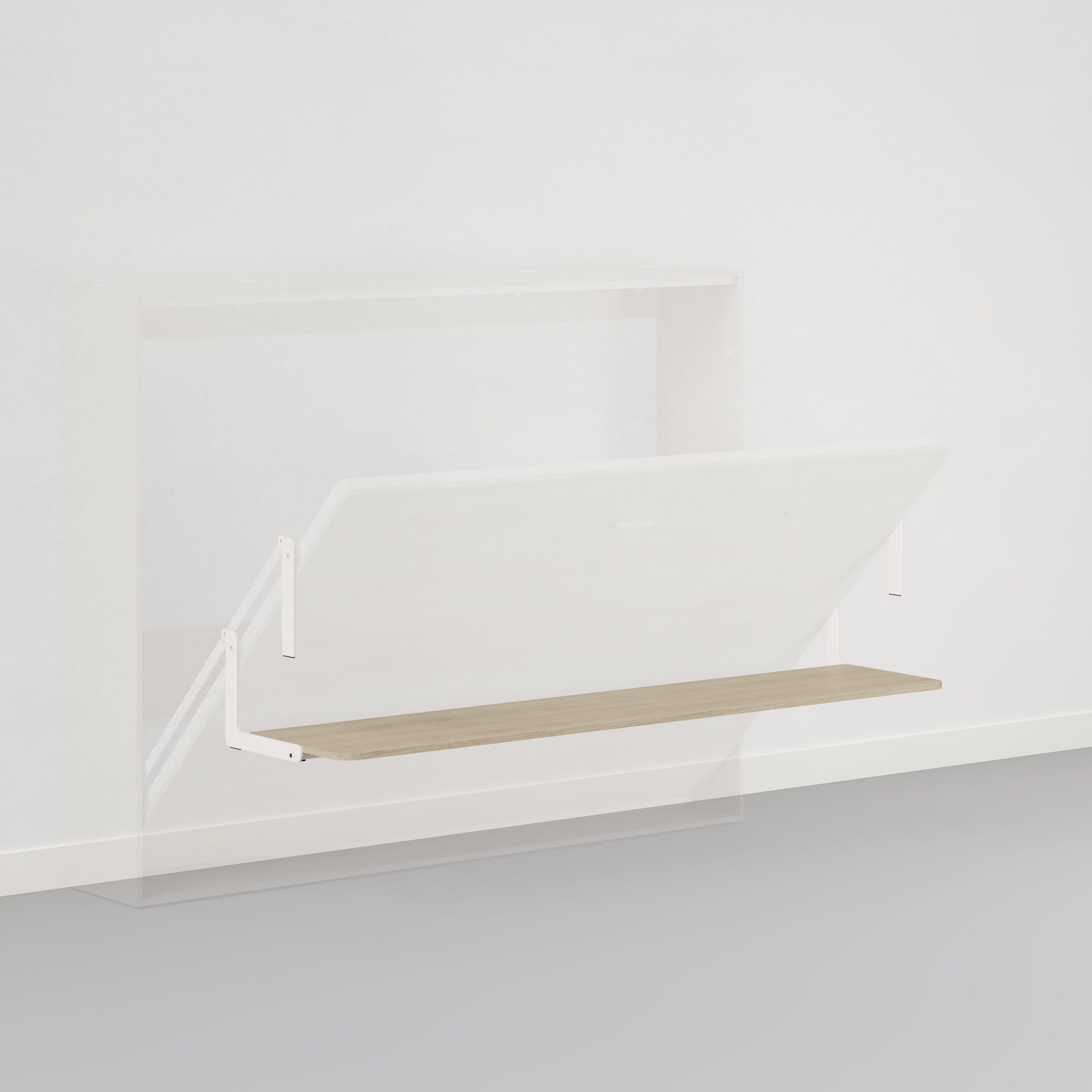
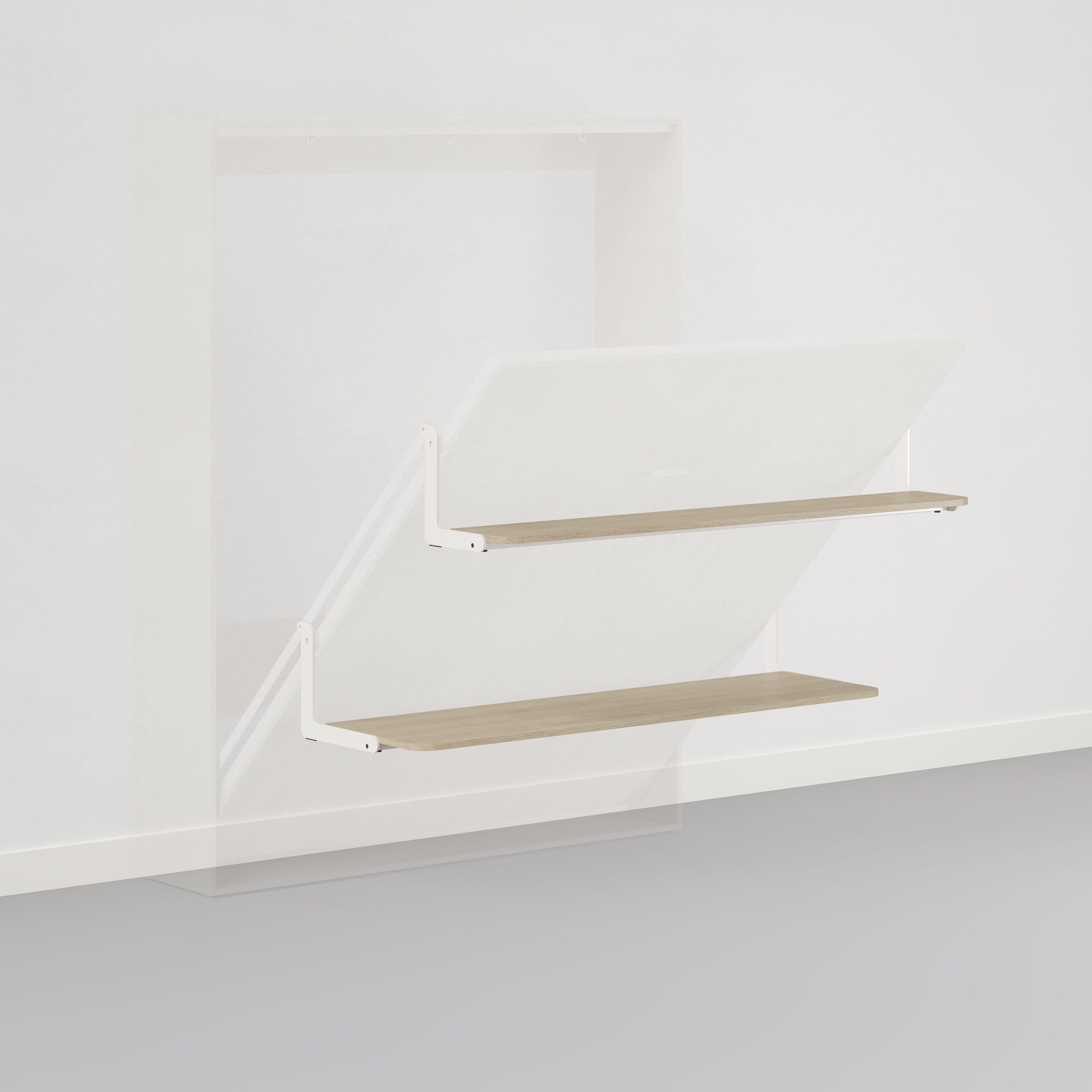

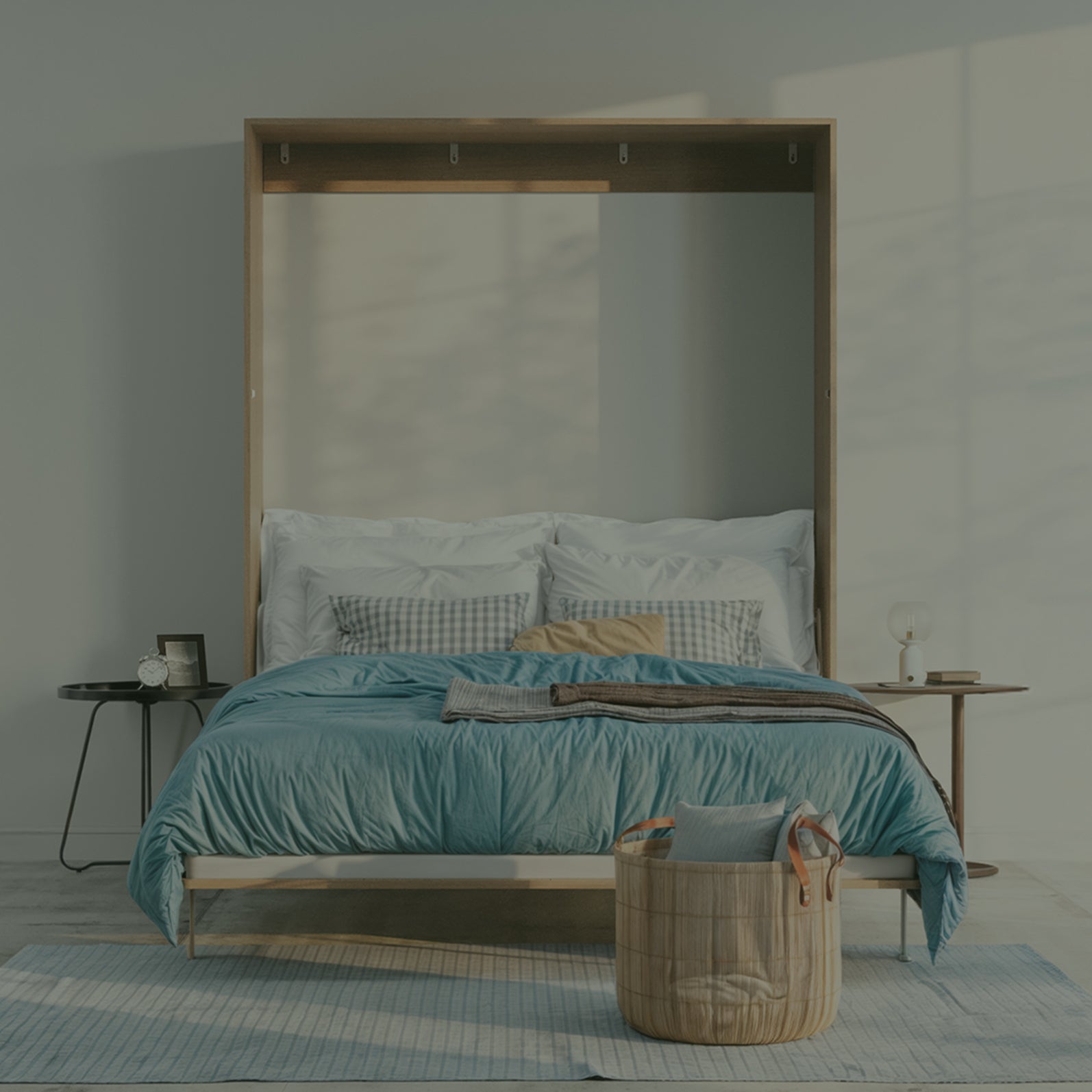

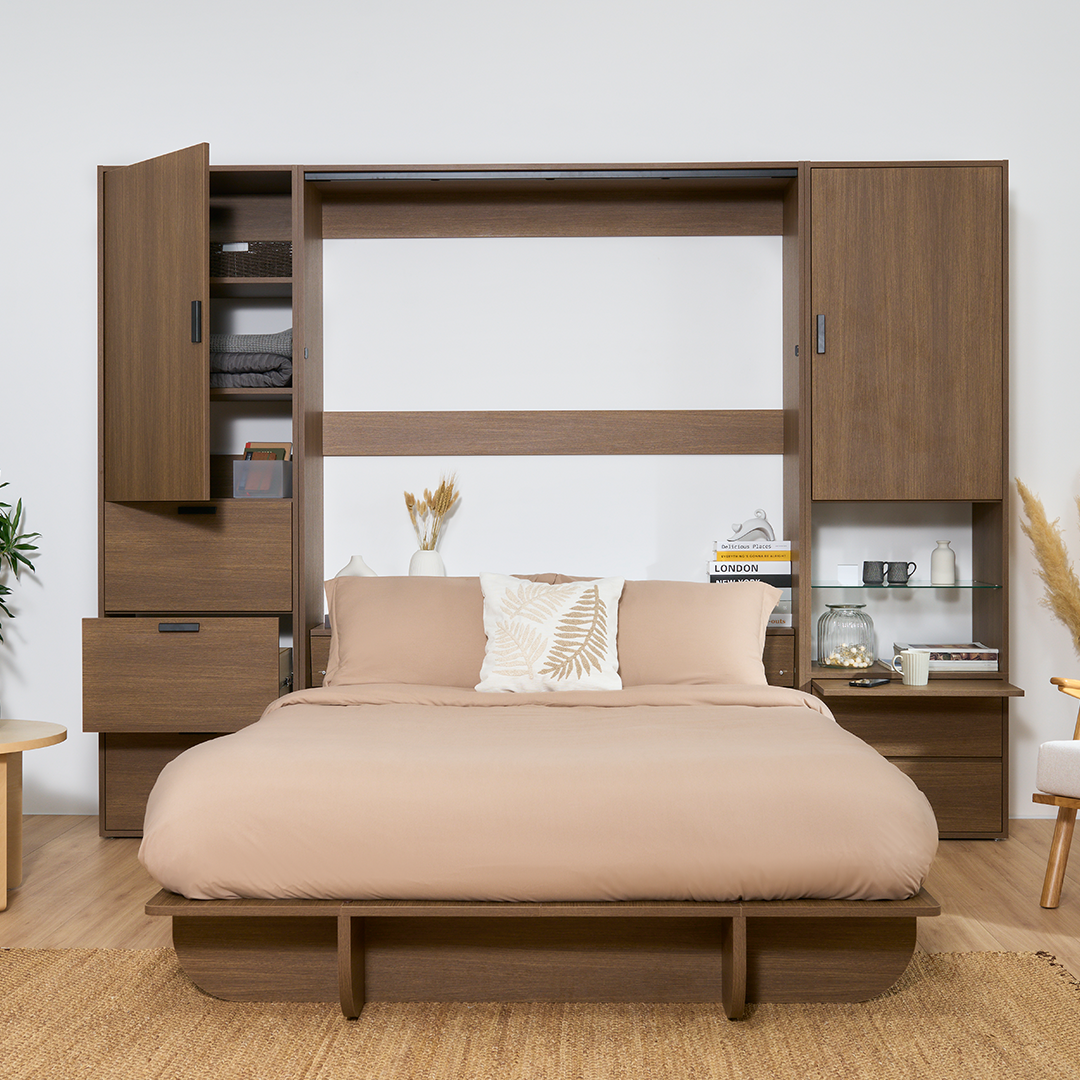

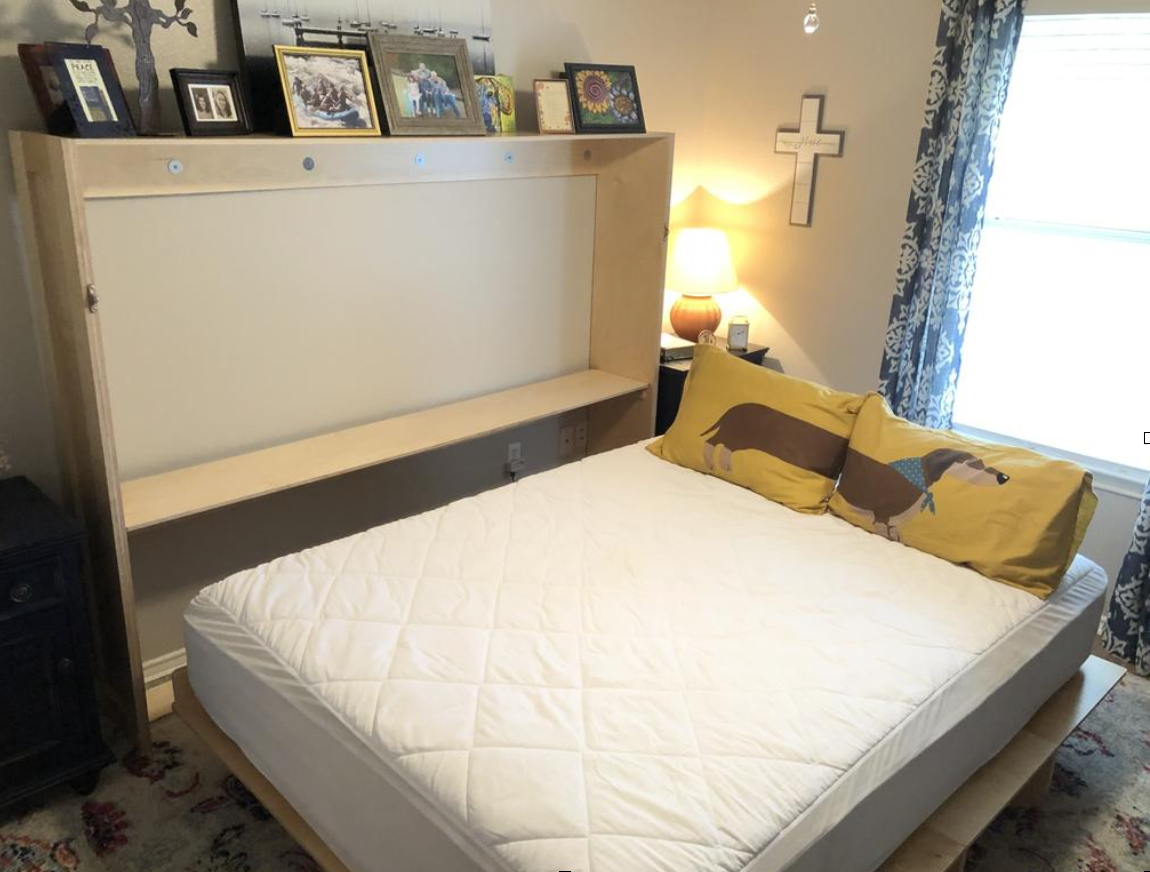
Leave a comment
All comments are moderated before being published.
This site is protected by hCaptcha and the hCaptcha Privacy Policy and Terms of Service apply.